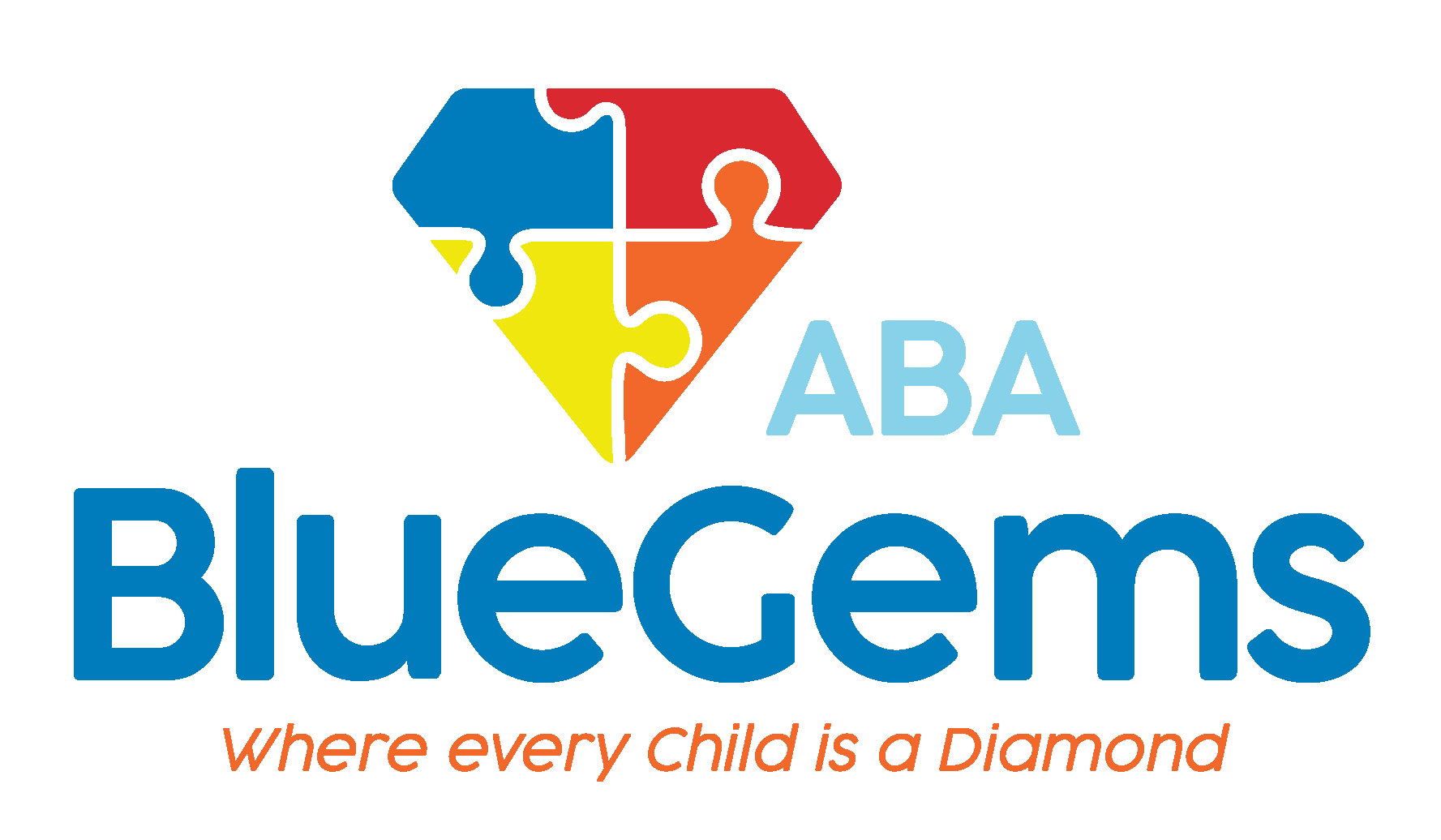Self-Injurious Behavior in Autism
Autism spectrum disorder (ASD) is defined as a neurodevelopmental disorder that, in varying ways and degrees, affects a child’s social interaction and communication abilities. It’s also characterized by repetitive behaviors and restrictive interests.
Each child who has autism is uniquely affected, though there are many common signs and symptoms of it. Many children have trouble with communication, with understanding and coping with their feelings, and with adjusting to changes in routines and new situations, among other things.
Some children with autism also exhibit self-injurious behavior from time to time. These are obviously much more immediately concerning than some of the other symptoms, since they are physically harming.
That’s why it’s so important to understand some of the reason why your child engages in self-injurious behavior so you can get them the help they need.
Table Of Contents
What Does Self-Injurious Behavior in Autism Look Like?
There are many forms that self-injurious behavior can take. Generally speaking, it’s defined as a behavior that could cause an individual to suffer physical harm.
Some examples include pinching, biting, banging their head, scratching or slapping. It could also include other dangerous behaviors such as running into walls or throwing themselves on the ground hard.
Self-injurious behavior is very concerning, since it could result in significant injuries depending on the severity of the behavior itself. These behaviors also likely cause a lot of fear, trepidation and worry on the part of parents, caregivers and family members of children with autism.
What is the Link Between Self-Injurious Behavior and Autism?
Not every child with autism engages in self-injurious behavior, but some do. While the behaviors are going on, it may be very disturbing for others to watch.
Yet, only trying to address the behaviors as they’re happening, and not getting to the bottom of why they’re occurring, doesn’t really do much to help the child. That’s why professionals will focus on what’s causing the self-injurious behavior in the first place so that they can specifically address that to try to reduce the frequency of those behaviors.
There are many reasons why a child with autism might engage in self-injurious behavior. In one way, these behaviors can be viewed as the child’s way of trying to communicate.
Children on the autism spectrum often feel anxiety, fear, depression and stress, and also get overwhelmed easily and by certain things that neurotypical children don’t. At the same time, they face challenges with communicating how they feel and expressing what they might want or need.
Since they might not be able to tell their parent that they’re feeling scared, for example, it comes out in the form of self-injurious behavior. What this behavior often does is successfully elicit an immediate response from the parent as they try to support the child in any way they can.
Sometimes, self-injurious behaviors in autism could serve as sensory stimulation. It might be a way that a child works to decrease or increase their arousal level if they’re feeling stressed, anxious, overwhelmed or any other strong emotion.
How Are Self-Injurious Behaviors in Autism Addressed in ABA Therapy?
Self-injurious behaviors are not a symptom of autism. They are better viewed as a child’s response to certain feelings, experiences and/or situations.
This is something that professionals who administer applied behavioral analysis, or ABA therapy, know well. As such, they seek to understand the underlying reasons why an individual might be engaging in this self-injurious behavior so that they can support them through targeted behavior modification treatment.
ABA therapy is considered the gold standard of treatments for children on the autism spectrum, and for good reason. It’s a science- and evidence-based approach to learning and behavior that uses positive reinforcement and repetition to help children improve certain skills with which they might struggle.
In the example of self-injurious behaviors, ABA therapy will address it by working to increase the child’s communication skills. In doing so, they will be providing children with a skillset for more appropriately expressing how they feel, as well as things they might want or need.
When they’re able to build these skills gradually over time, they find that they get the support they need more often and quicker. Then, as a result, ABA therapists are able to help reduce the instances of the self-injurious behaviors.
Blue Gems ABA Helps Support Children with Autism
Self-injurious behavior is something that some children with autism may engage in. Understanding what the underlying reasons are that they might be displaying this behavior is key to providing them with the support they need.
At Blue Gems ABA, our experienced therapists administer ABA therapy on a one-to-one basis with many children on the autism spectrum. We help them build the communication, social and daily life skills with which they might struggle.
In doing so, we can help them learn new ways to cope with their emotions and communicate their wants and needs so that they can reduce the instances of self-injurious behavior.
To learn more, please contact us today.




